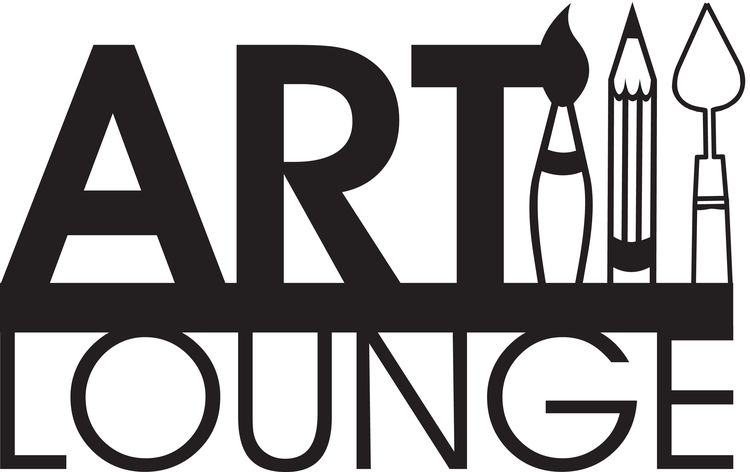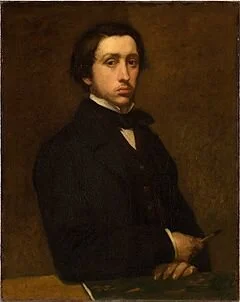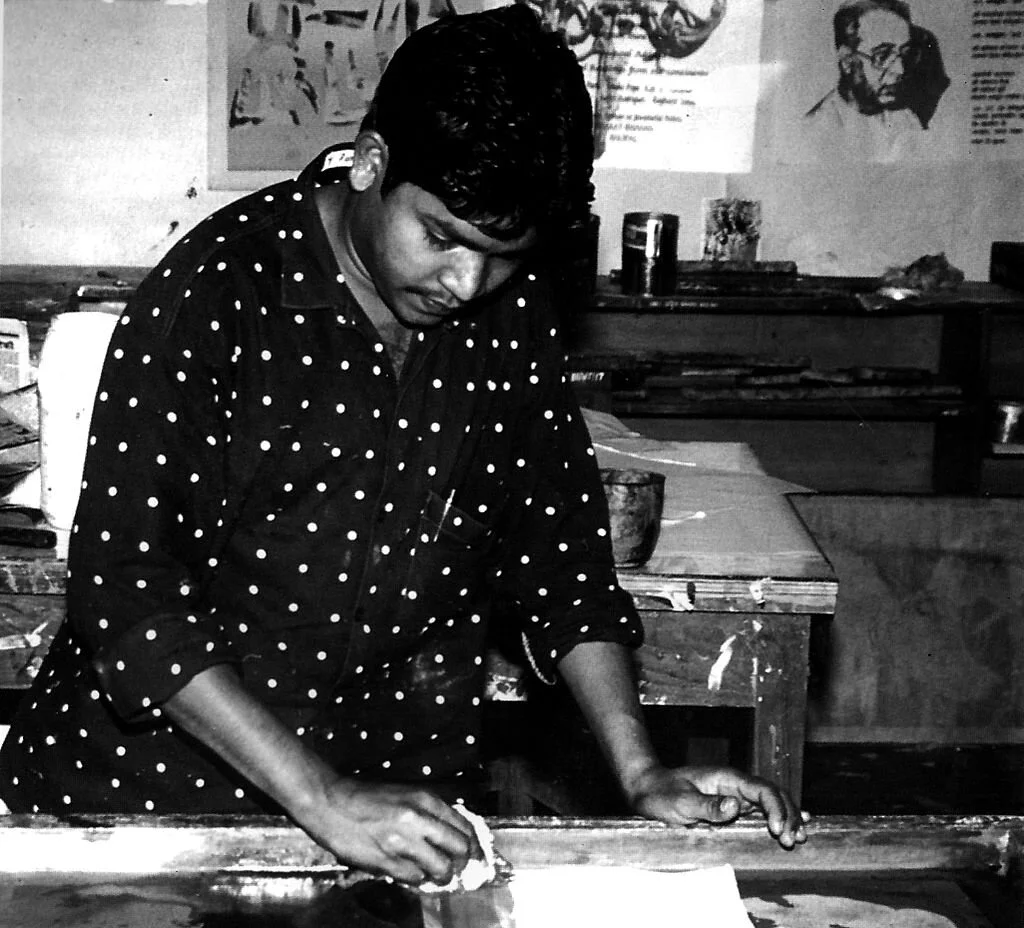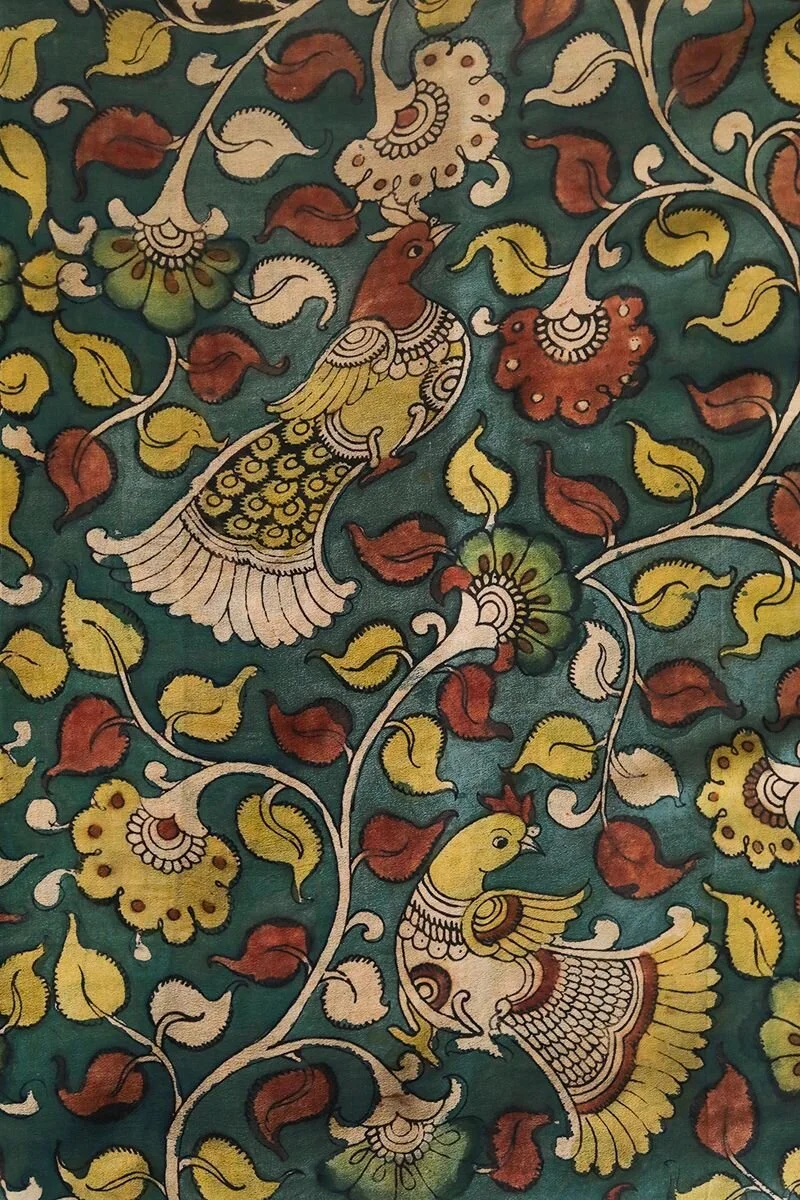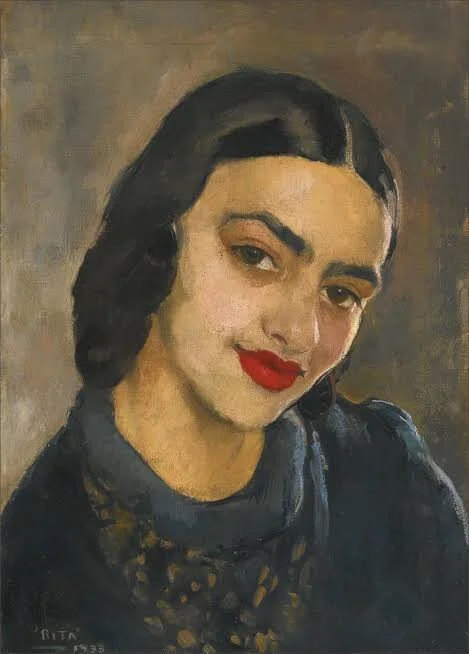Edgar Degas born in Paris on 19 July 1834 was a French Impressionist artist famous for his pastel drawings and oil paintings. Degas also produced bronze sculptures, prints and drawings. Degas is especially identified with the subject of dance; more than half of his works depict dancers. Degas began his schooling at age eleven, enrolling in the Lycée Louis-le-Grand. Degas began to paint early in life. By the time he graduated in literature in 1853, at age 18, he had turned a room in his home into an artist's studio.
Read MoreGanga Devi was an Indian painter, considered by many as one of the leading exponents of Madhubani painting tradition. She is credited with popularizing the Madhubani painting outside India. She was born in 1928 in Mithila in the Indian state of Bihar in a Kayastha family and took to the traditional painting craft, specialising in the kachni (line drawing) style. She traveled abroad with her art and was a part of the Festival of India in the United States, which yielded a number of paintings under the title, America series, including Moscow Hotel, Festival of American Folk Life, and Ride in a Roller Coaster.
Read MorePatachitra or Pattachitra is a general term for traditional, cloth-based scroll painting, based in the eastern Indian states of Odisha and West Bengal. Patachitra artform is known for its intricate details as well as mythological narratives and folktales inscribed in it. Pattachitra is one of the ancient artworks of Odisha, originally created for ritual use and as souvenirs for pilgrims to Puri, as well as other temples in Odisha.
Read MoreR K Joshi was born in 1936, in Kolhapur, India. He was an academic type designer and calligrapher. He designed the core Indian fonts used in Microsoft Windows. He was brought up in the town of Kolhapur, Maharashtra. He developed an interest in alphabets, their shapes, styles and design. In 1952, he decided to study art at Sir J.J. Institute of Applied Art, Mumbai. During this time, he found a scarcity of typefaces in Indian languages.
Read MoreJangarh Singh Shyam (1962–2001) was a pioneering contemporary Indian artist. Jangarh was born into a Pardhan Gond family in the village of Patangarh, Eastern Madhya Pradesh. He grew up in extreme poverty which forced him to quit school and try his hand at farming. He grazed buffaloes and sold milk in a nearby town. Jangarh was approached by the talent scouts of the arts museum Bharat Bhavan, he met the artist Jagdish Swaminathan which led to a lifelong collaboration between the two.
Read MoreFrida Kahlo
Frida Kahlo's beloved home is now a museum. Much of the interior has been preserved just the way Kahlo had it in the 1950s, making the space a popular tourist attraction that allows visitors a look at her work, life, and personal artifacts, including the urn that holds her ashes.
Read MoreKalamkari is a type of hand-painted or block-printed cotton textile produced in Isfahan, Iran, and in the Indian state of Andhra Pradesh. Only natural dyes are used in Kalamkari, which involves twenty-three steps. There are two distinctive styles of Kalamkari art in India – Srikalahasti style and the Machilipatnam style. The Srikalahasti style of Kalamkari, where the "kalam" or pen is used for freehand drawing of the subject and filling in the colors, is entirely hand worked.
Read MoreThanjavur painting is a classical South Indian painting style, which was inaugurated from the town of Thanjavur also known as Tanjore. The art form draws its immediate resources and inspiration from way back about 1600 AD, a period when the Nayakas of Thanjavur under the suzerainty of the Vijayanagara Rayas encouraged art.
Read MoreKatsushika Hokusai known simply as Hokusai, was a Japanese artist, ukiyo-e painter and printmaker of the Edo period. Born in Tokyo, Hokusai is best known as author of the woodblock print series Thirty-six Views of Mount Fuji which includes the internationally iconic print, The Great Wave off Kanagawa.
Read MoreRalph Hotere was born on 11 August 1931 in Mitimiti, Northland. He was a New Zealand artist and is widely regarded as one of New Zealand's most important artists. In 1994 he was awarded an honorary doctorate from the University of Otago and in 2003 received an Icon Award from the Arts Foundation of New Zealand. Hotere received his secondary education at Hato Petera College, Auckland, where he studied from 1946 to 1949.
Read MoreThe history of origami followed after the invention of paper and was a result of paper's use in society. Independent paper folding traditions exist in East Asia, and it is unclear whether they evolved separately or had a common source. The Japanese word "origami" itself is a compound of two smaller Japanese words: "ori", meaning to fold, and "kami", meaning paper. But not all forms of paper folding were grouped under the word origami.
Read MoreGouache or opaque watercolor, is one type of watermedia, paint consisting of natural pigment, water, a binding agent (usually gum arabic or dextrin), and sometimes additional inert material. Gouache is designed to be opaque and used most consistently by commercial artists for posters, illustrations, comics, and other design work.
Read MoreVasant Raghunath Amberkar was born in 1907 in Mumbai. From 1933-1939 he studied under S. L. Haldankar at S. L. Haldankar's Institute. He completed four years Ar training correspondence course of Press Art School under Percy V. Bradshaw.
Read MoreGaganendranath Tagore was an Indian painter and cartoonist of the Bengal school. Along with his brother Abanindranath Tagore, he was counted as one of the earliest modern artists in India.
Read MoreChéri Samba was born on 30 December 1956 is a painter from the Democratic Republic of Congo. He is one of the best known contemporary African artists, with his works being included in the collections of the Centre Georges Pompidou in Paris and the Museum of Modern Art in New York.
Read MoreMahadev Vishwanath Dhurandhar was born on 18 March 1867. He was noted Indian painter from the British colonial era. and postcard artist. His illustrations of women of that era doing their daily chores are especially popular.
Read MoreÉric Joisel was a French origami artist who specialized in the wet-folding method. He created figurative art sculptures using sheets of paper and water, without the use of any adhesive or scissors. Origami is derived from the Japanese words “ori” meaning “fold” and “kami” meaning paper. Origami is the Japanese art of forming sculptures out of paper only. And Eric Joisel took this to a whole new level.
Read MoreGerard Sekoto born in 9 December 1913. He was a South African artist and musician. He was the son of Andreas Sekoto, a leading member of the new Christian converts. He is recognised as the pioneer of urban black art and social realism.
Read MoreAmrita Sher-Gil was born on 30 January 1913. She was a Hungarian-Indian painter. She has been called "one of the greatest avant-garde women artists of the early 20th century" and a "pioneer" in modern Indian art. Drawn to painting from an early age, Sher-Gil started getting formal lessons in the art, at the age of eight. She first gained recognition at the age of 19, for her oil painting titled Young Girls (1932).
Read More
